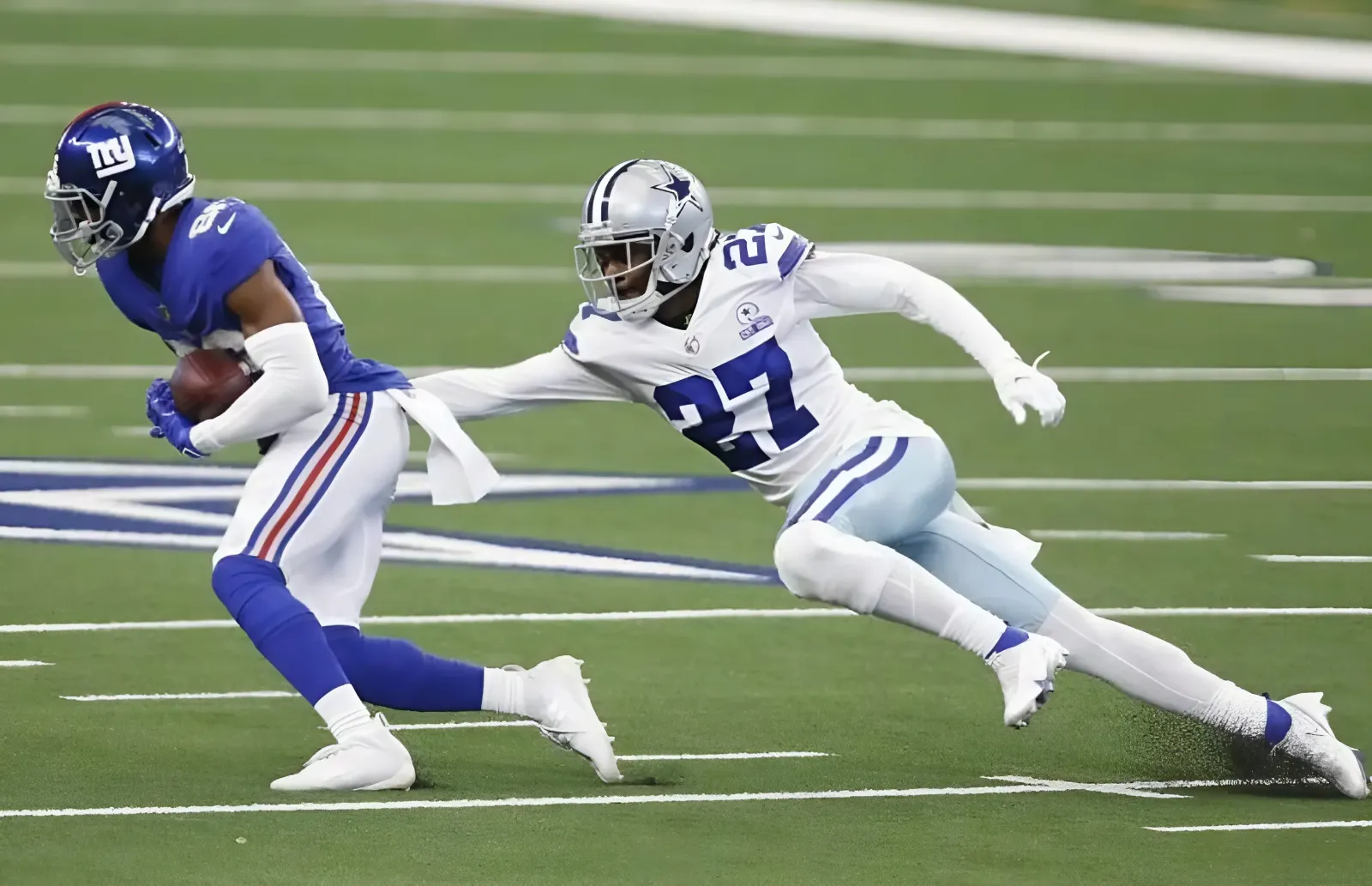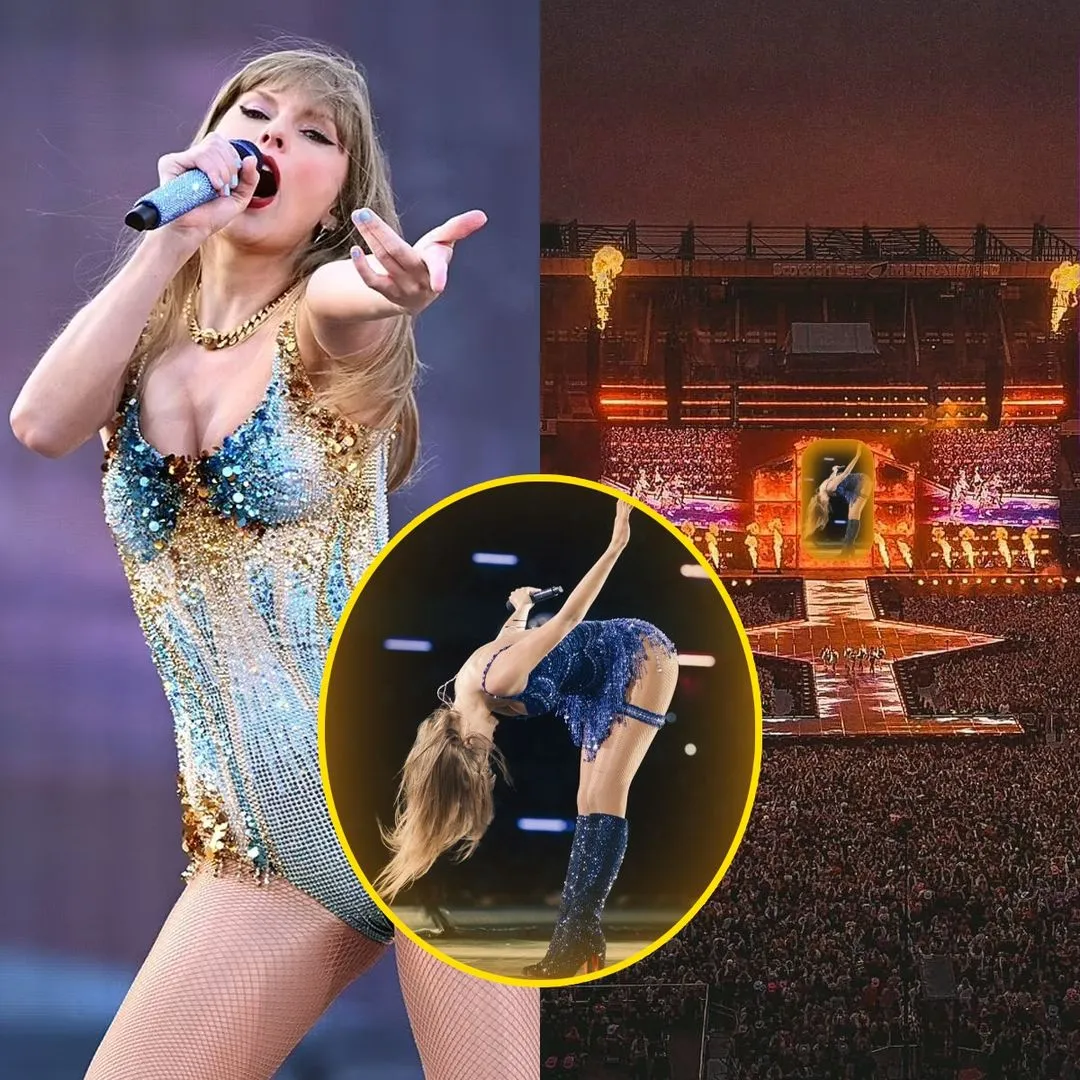LeMachine is broken beyond repair.

When the Yankees signed DJ LeMahieu to a six-year, $90 million contract prior to the 2021 season following an impressively successful first two years in pinstripes, many around the fanbase applauded the move. Not only was the organization retaining the team MVP from the previous two seasons but they were doing so across a longer term, tacking on that extra year to reduce his luxury tax hit, ostensibly freeing up more money to be invested in the payroll.
However, more than a few people warned of the pitfalls of signing someone already well into their thirties to a contract that would take him through his age-37 season. Indeed, those fears are being realized. The Yankees owe LeMahieu $30 million over the next two seasons, and as the 2024 season demonstrated, the former Gold Glover and batting champion is no longer an MLB-caliber player. The question is now no longer how they can squeeze any remaining value out of the veteran, but rather how much they can avoid having to play him.
His season started on an inauspicious note, LeMehieu suffering a non-displaced fracture after fouling a ball off his right foot during spring training, and that proved a harbinger of things to come for the rest of the season. He ended up missing the first two months of the campaign, not making his season debut until May 28th, and never rediscovered his hitting ability.
To say that LeMahieu was one of the worst hitting position players in baseball in 2024 is no exaggeration. Among all players to log even one plate appearance, LeMahieu tied with Eddie Rosario for the seventh-worst bWAR (-1.6). Narrowing the sample size to players to log at least 200 plate appearances, LeMahieu placed 12th-worst in wRC+ (52) and tied for the 30th-worst fWAR (-0.5) — both easily the worst marks on the team among players to appear in at least ten games.
Everything about LeMahieu’s hitter profile took a step back in 2024. His average exit velocity declined by over one mph, and perhaps more worryingly, his max exit velocity dropped by almost three mph. His average launch angle was less than two degrees, leading to a career-worst 57.8-percent groundball rate, and his hard-hit rate slumped to 37.6-percent after sitting well above 40 percent in every other season of his career.
LeMahieu was also perhaps the only player on the team who could challenge Giancarlo Stanton for the title of slowest player on the roster. At 26.1 feet per second, his sprint speed places comfortably in the bottom-fifth of the league. That plodding pace combined with the eye-watering groundball rate meant that LeMahieu finished with the fourth-most GIDP’s on the team at 13, one less than Alex Verdugo despite appearing in well under half the games of his teammate.
Granted, LeMahieu wasn’t completely useless. His defense remained solid at third, his +5 Outs Above Average tied for ninth among third baseman. He was also comfortably better than league average in whiff and strikeout rates. However, that’s a bit of a red herring — avoiding strikeouts and whiffs is only effective if you can do something productive when making contact, something that cannot be said for LeMahieu. Interestingly enough, LeMahieu was the last Yankees first baseman to hit a home run way back on July 31st against the Phillies, though this is more a comment on the sad state of the corner of the Yankees infield than on LeMahieu’s contributions.
His season ended in the same way that it started — on the shelf. LeMahieu landed on the IL with a hip impingement on September 9th and would not play another game, the Yankees declining to add him to the postseason roster for any round. This was actually the best thing LeMahieu did for the team all season as it allowed them to discover Jazz Chisholm Jr.’s hidden talent not only learning but mastering third base on the fly. This provides the team an in-house option to man the hot corner in 2025. However, with the front office declining to tender Gleyber Torres a qualifying offer, the plan could be to slide Chisholm back to his more natural position at second, which means we could be seeing more of DJ LeMahieu in 2025 than I suspect any of us would desire.



